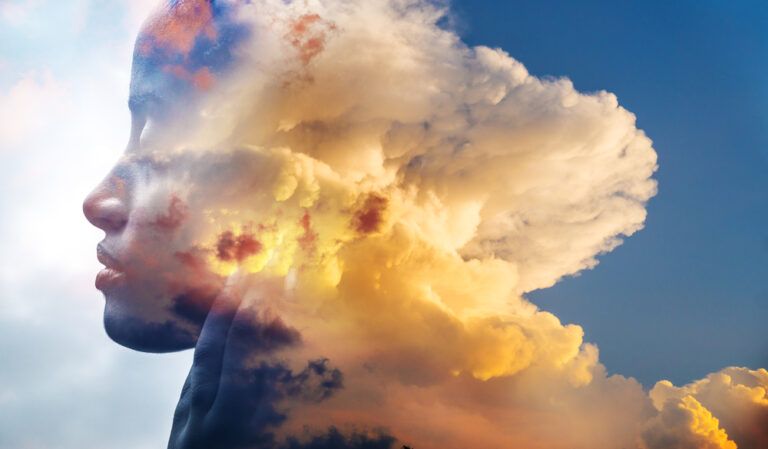As leaves flutter from trees and the sun’s presence diminishes, many of us relish the cozy charm that the colder months bring. But for some, the shorter days and lengthened nights can signify a time of challenge, marked by feelings that aren’t just the standard winter blues. Enter Seasonal Affective Disorder (SAD) – a phenomenon that’s more than just a play on words. It’s a real, diagnosable condition that many navigate silently. Here at Annapolis Counseling Center, we believe understanding and support can make a world of difference.
The Science Behind SAD
Seasonal Affective Disorder, aptly abbreviated as SAD, is a type of depression that occurs at a specific time of year, usually in the fall and winter. Some researchers theorize it’s connected to our bodies’ circadian rhythms, which are our internal clocks. The diminished sunlight in fall and winter may lead to disruptions in this internal rhythm, potentially leading to feelings of depression. Moreover, reduced sunlight can also cause a drop in serotonin, a neurotransmitter that influences mood, and disrupts melatonin levels, affecting sleep patterns and mood.
Symptoms to Look Out For
While everyone has occasional down days, SAD presents more pronounced symptoms that tend to come and go around the same time each year. Key indicators include:
- Persistent low mood or sadness.
- Feeling lethargic and lacking in energy.
- Irritability.
- Sleeping more than usual.
- Changes in appetite, especially craving carbohydrates.
- Difficulty concentrating.
- Feelings of hopelessness and worthlessness.
Shining Light on Solutions
The challenges posed by SAD are real, but they’re not insurmountable. Here are some strategies to cope:
Light Therapy (Phototherapy): This treatment technique for SAD is centered around mimicking natural sunlight with specially designed light boxes. By replicating the morning sunlight, light therapy can counteract the effects of reduced sunlight exposure in winter, helping to restore hormonal balance and mood regulation.
Maintain Regular Sleep Patterns: Winter’s long nights might beckon extended rest, but adhering to a consistent sleep schedule can fend off SAD’s symptoms. By setting and following regular bedtime and wake-up times, you reinforce your circadian rhythm, making it easier to stay upbeat and energized.
Stay Active: Engaging in consistent physical activity is more than just good for the body; it’s a tonic for the mind. By getting your heart rate up, you release a flood of endorphins, natural chemicals that act as mood elevators, ensuring that the winter blues don’t dampen your spirits.
Eat a Balanced Diet: While the winter season often tempts one to indulge in comfort foods, it’s essential to ensure nutritional balance. A diet rich in fruits, vegetables, and lean proteins not only nourishes the body but also stabilizes blood sugar levels, ensuring a sustained energy flow and mood stability.
Reach Out: The journey of grappling with SAD doesn’t have to be taken alone. Seeking support, be it in the comforting presence of loved ones or in the guidance of professionals, allows for the expression of pent-up emotions, providing relief and perspective. Sharing experiences and feelings can cast a new light on challenges, leading to clarity and coping strategies.
Making Lifestyle Adjustments
It’s vital to consider some lifestyle modifications to cope effectively.
- Stay Connected: Even when the instinct is to withdraw, social connections can act as powerful mood elevators.
- Seek Sunlight: Whenever possible, get outside during daylight hours. Even a brief lunchtime walk can make a difference.
- Set Boundaries: Understand your limits. It’s okay to say ‘no’ and prioritize your well-being.
The Role of Counseling
Talk therapy, especially cognitive-behavioral therapy, has proven effective for SAD. It helps individuals recognize and change negative thought patterns and behaviors that may be making them feel worse. Annapolis Counseling Center’s experienced professionals provide the understanding and tools to navigate and manage SAD effectively.
Navigating the ebbs and flows of emotions that come with Seasonal Affective Disorder can be challenging. However, recognizing the signs and equipping oneself with coping strategies can make the colder months more manageable. No one should journey through this alone. If you or someone you know resonates with the symptoms described, reach out. At Annapolis Counseling Center, we’re here to help, providing a safe space and expert guidance to illuminate even the darkest days.
Sources
- Mayo Clinic. (2021). Seasonal affective disorder (SAD).
- American Psychiatric Association. (2020). What is Seasonal Affective Disorder?
- National Institute of Mental Health. (2019). Seasonal Affective Disorder.


















































